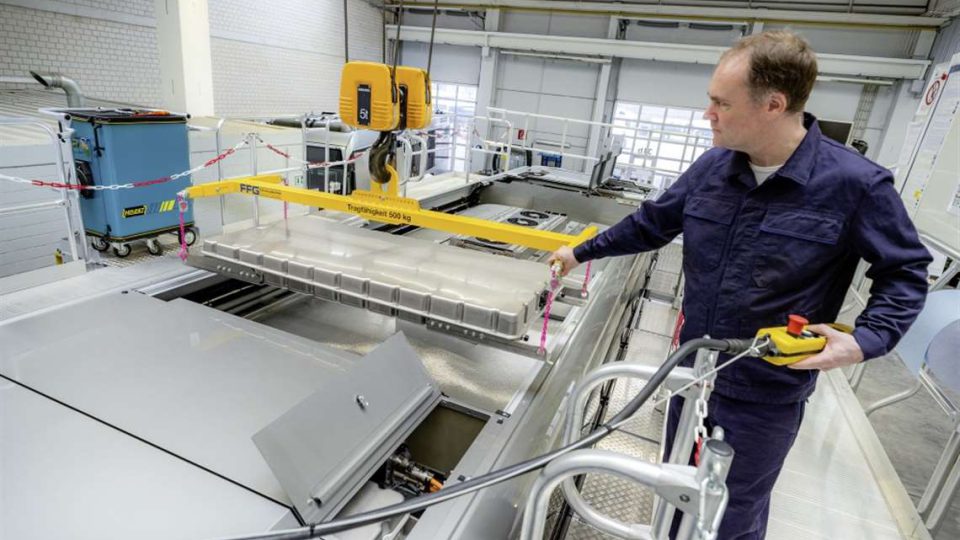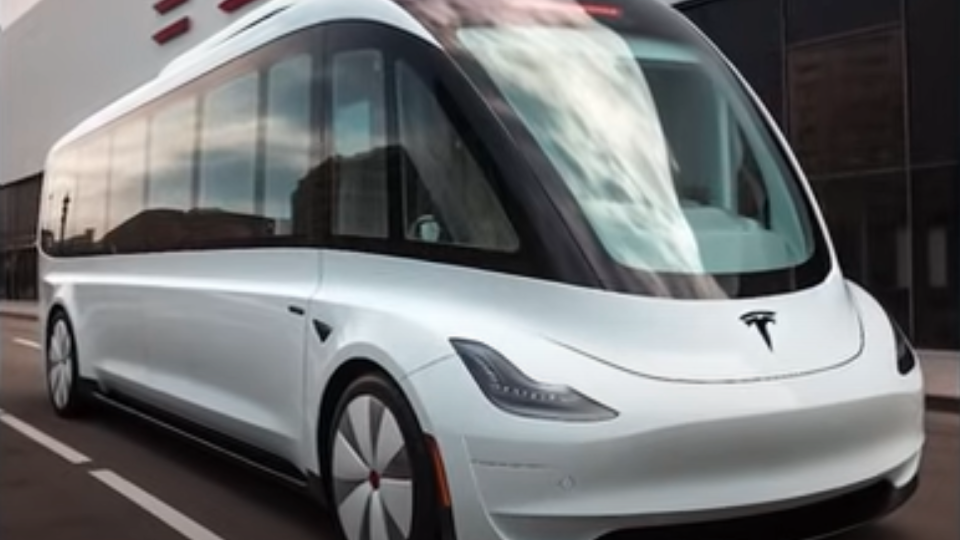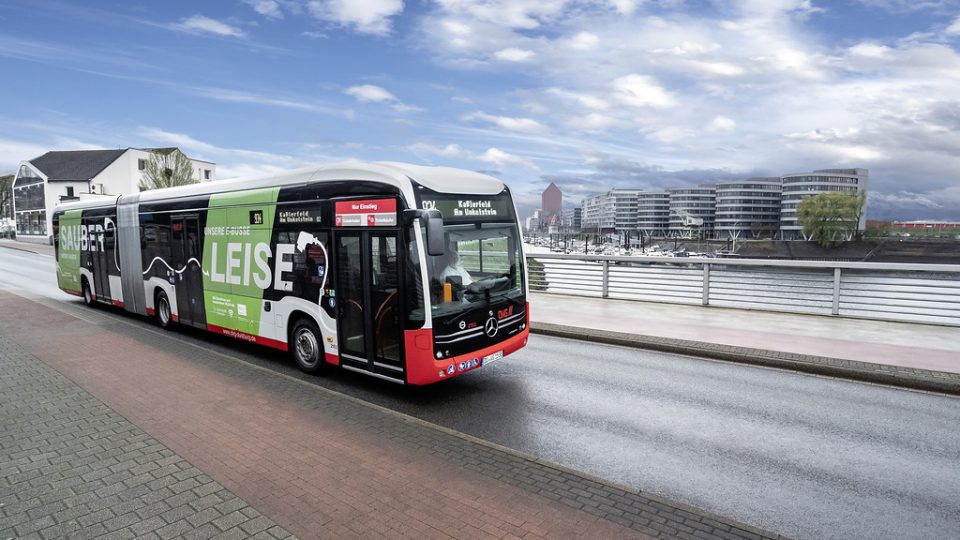Council and Parliament reach “a provisional agreement” on CO2 emission standards. City buses to be ZE in 2035
The Council and the European Parliament’s negotiators announce that today they reached “a provisional political agreement on CO2 emission standards for heavy-duty vehicles (HDVs). The proposed amendment introduces a 100% zero-emission target for urban buses by 2035, while setting an intermediate target of 90% for this category by 2030. The co-legislators agreed to exempt inter-urban buses from this target and place […]

The Council and the European Parliament’s negotiators announce that today they reached “a provisional political agreement on CO2 emission standards for heavy-duty vehicles (HDVs).
The proposed amendment introduces a 100% zero-emission target for urban buses by 2035, while setting an intermediate target of 90% for this category by 2030. The co-legislators agreed to exempt inter-urban buses from this target and place this type of HDVs under the general targets for coaches.
This follows the EU Commission’s proposal that was submitted on 14 February 2023, that asked for a ZE mandate for new city buses in 2030, followed in October 2023 by a proposed amendment by the Council aiming to move the 100% zero-emission target for urban buses to 2035, while setting an intermediate target of 85% for this category by 2030. Then, the European Parliament voted in favor of the Commission’s 45% emission reduction target for manufacturers by 2030, also apparentely re establishing 2030 as first year for 100% zero-emission mandate for urban buses.
Agreement between Council and the European Parliament
The aim of the provisional agreement is to further reduce CO2 emissions in the road transport sector and to introduce new targets for 2030, 2035 and 2040. The new rules will contribute to fulfilling the EU’s 2030 climate ambitions and reaching climate neutrality by 2050″, the Council of the EU states in a press note.
The proposal also aims to encourage an increasing share of zero-emission vehicles (ZEVs) in the EU-wide heavy-duty vehicle fleet, while ensuring that innovation in the sector and its competitiveness are preserved and enhanced.
The deal is provisional pending formal adoption by both institutions. The provisional agreement will now be submitted to the member states’ representatives within the Council (Coreper) and to the Parliament’s environment committee for endorsement. If approved, the text will then need to be formally adopted by both institutions.
CO2 reduction targets, the exemptions
The co-legislators agreed to expand the scope of the regulation to make almost all new heavy-duty vehicles with certified CO2 emissions – including smaller trucks, urban buses, coaches and trailers – subject to emission reduction targets.
An exemption from the CO2 reduction targets set in the regulation will apply to:
- small-volume manufacturers and vehicles used for mining, forestry and agriculture
- vehicles for use by the armed forces and fire services
- vehicles for use in civil protection, public order and medical care
The provisional agreement also extends the scope of the regulation to vocational vehicles such as garbage trucks or concrete mixers at a later stage (2035). In addition, the Commission will analyse the possibility of including smaller lorries (under 5t) in the scope.
Big news concern repowering: “The provisional agreement also addresses the issue of retrofitted vehicles, that is conventional vehicles converted to ZEVs, allowing for the transfer of such vehicles between manufacturers. The co-legislators agreed to task the Commission with assessing, by 2025, the need to facilitate the market uptake of retrofitted HDVs through harmonised rules for their approval”.
New emission reduction targets in EU
In line with the EU’s climate objectives for 2030 and beyond, the Council and Parliament maintained the targets set by the Commission in its proposal for 2030 (45%), 2035 (65%), and 2040 (90%), in addition to the 2025 reduction target of 15% which was already provided for in the current regulation. These targets will apply to heavy trucks over 7.5t and coaches.
The co-legislators agreed to set the targets for trailers at 7.5% and for semi-trailers at 10% (Annex I). They also introduced the definition of ‘e-trailers’ to bring legal clarity and adapt the existing regulation to the technical developments in this new type of trailer, considering the potential of e-trailers to contribute to reducing the CO2 emissions of trailers.
The effectiveness and impact of the amended regulation on the abovementioned targets will be reviewed by the Commission in 2027. The co-legislators added a series of provisions to make the review clause more comprehensive.
Among other things, the Commission will also have to evaluate the possibility of developing a common methodology for the assessment and reporting of the full lifecycle CO2 emissions of new HDVs and produce an assessment of the role of a carbon correction factor (CCF) in the transition towards zero-emission mobility in the HDV sector. The role of a methodology for registering HDVs exclusively running on CO2-neutral fuels will also be assessed in the review.






